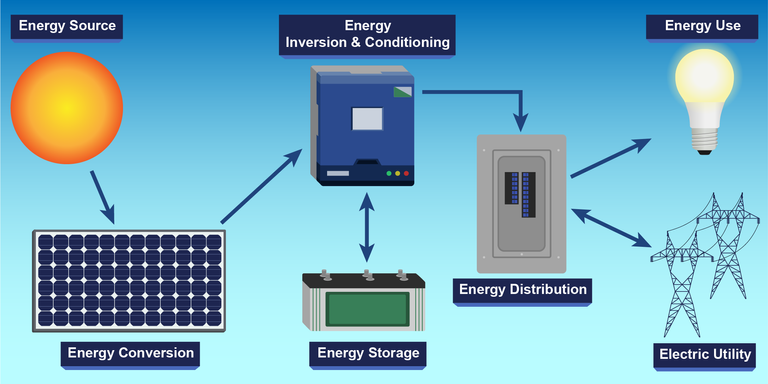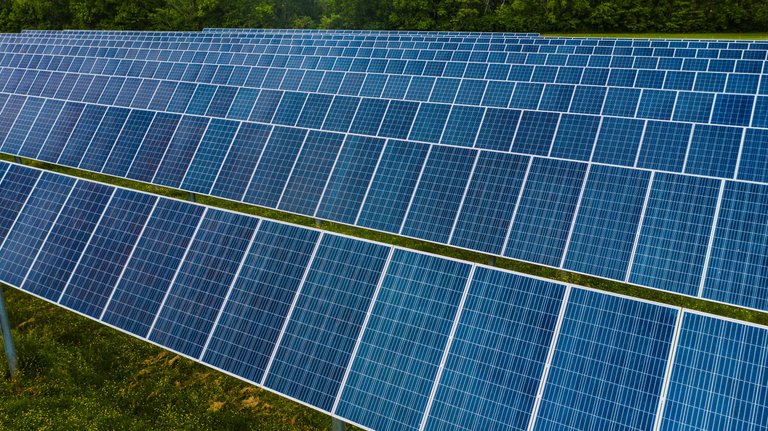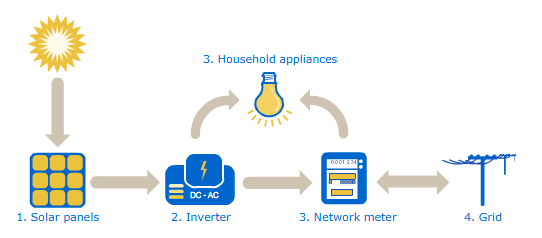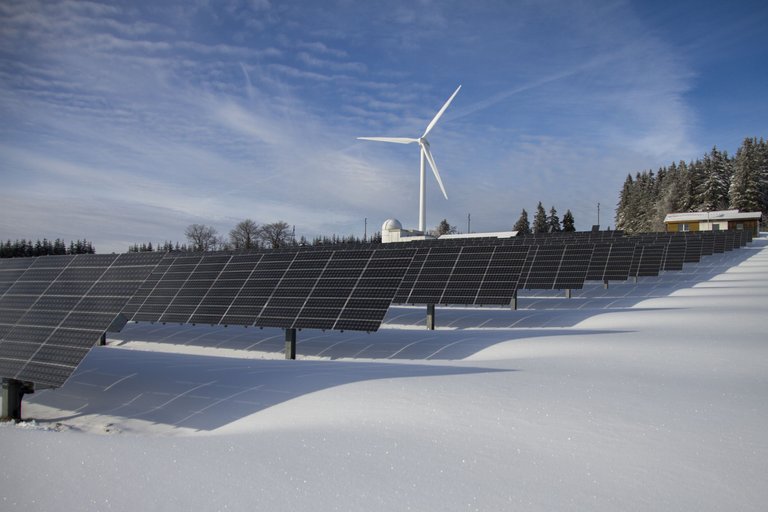Technology: The Photovoltaic System
A photovoltaic system, or PV system, is a power system designed to supply electricity by converting sunlight into direct current (DC) using semiconductors that exhibit the photovoltaic effect. PV systems are often used where electricity is not available, or where its cost would be prohibitive.
The photovoltaic system is the best way to produce your own electricity, and it's also the most popular renewable energy source. Solar panels are made of semiconductor materials that convert sunlight into direct current (DC) electricity. The cells are connected in series to form strings, and the strings are connected in parallel to form modules. The modules are then mounted on a structure and wired together to form an array.
The array produces DC electricity that is then converted to alternating current (AC) by a power inverter. The AC electricity can be used to power AC loads, such as lights, motors, and pumps.
How does a Photovoltaic System Work?
A photovoltaic system, or PV system, is a system that converts sunlight into electricity. PV systems are made up of several components, including solar panels, an inverter, batteries, and a charge controller.
Solar panels are the heart of a PV system. They are made up of an array of solar cells that convert sunlight into electricity. The electricity produced by the solar cells is DC (direct current) electricity.
The inverter is a key component of a PV system, as it converts DC electricity into AC (alternating current) electricity. AC electricity is the type of electricity that is used in our homes and businesses.
Batteries are used in PV systems to store excess electricity that is produced by the solar panels. This electricity can be used during times when the sun is not shining, such as at night or during a cloudy day.
The charge controller is a device that regulates the flow of electricity from the solar panels to the batteries. It is important to have a charge controller in a PV system to prevent the batteries from being damaged by overcharging.
What are the Advantages of a Photovoltaic System
A photovoltaic system, or PV system, is a power system that uses solar panels to convert sunlight into electricity. PV systems are becoming increasingly popular as the cost of solar panels continues to drop. There are a number of advantages to using a PV system, including the following:
- PV systems are a renewable source of energy, which means they can help reduce your carbon footprint.
- PV systems are relatively low maintenance, and once they are installed, they can last for many years.
- PV systems can be used to power your entire home or business, or they can be used to supplement your existing power supply.
- PV systems can increase the value of your home or business.
If you are considering installing a PV system, be sure to consult with a professional to find out if it is the right choice
Are there any Disadvantages to a Photovoltaic System?
When it comes to alternative energy, solar power is one of the most popular options. And it's no wonder why - solar energy is environmentally friendly, renewable, and can even save you money on your energy bill. But are there any disadvantages to using a photovoltaic system?
It's true that solar power has a lot of benefits. But there are a few potential drawbacks to keep in mind as well. For one, solar panels can be expensive to install, and they may not be suitable for all homes and businesses. Additionally, solar energy is intermittent, meaning that it isn't available at all times of day or night, and weather can also affect its production.
Posted with STEMGeeks




I want to install something like that at home to save some $$
!1UP
For sure, You will save some $ if you do.
You have received a 1UP from @gwajnberg!
@stem-curator
And they will bring !PIZZA 🍕.
Learn more about our delegation service to earn daily rewards. Join the Cartel on Discord.
Honestly dear friend, The PV system has really played a very significant role in terms of power generation and I hope it will get to the rural areas.